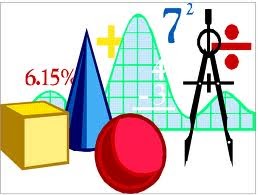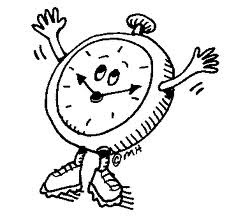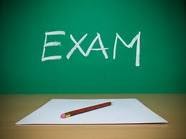Use your reliable transportation to come to class on time. Students who walk in late are not only disrupting the teacher, they may be missing valuable information or the best seat in the classroom. Arriving a few minutes early is a lot different than arriving a few minutes late.
Sit in the front row. Not only will you be able to see and hear the teacher better, you will also be far away from mooching students who tend to sit in the back.
Be sure that you get a syllabus and then study it carefully. If your teacher goes through it during class, be sure to write down any additional information he or she may provide. Put your syllabus in a safe place and DO NOT LOSE IT. Refer to it throughout the semester whenever you have a question about due dates or class policies. This will save your teacher a lot of time and trouble.
Write down all pertinent class information such as: meeting day and time, room number, professor's name, and class section number and code (such as PHI 10, 28779) This will prevent you from getting lost on campus the first few days and will come in great handy if you need to add/drop the class.
Learn your professor/ teacher's name and what he or she likes to be called. "Mr." "Ms." "Instructor" or "Dr." may be appropriate. Unless your teacher requests otherwise, use his or her last name to convey the proper respect.
Come to class ready to learn. TURN OFF YOUR CELPHONE, PAGER, OR OTHER ELECTRONIC DEVICE. Do not leave your cell phone on vibrate; it is still a disruption to the class. Be sure that you have gone to the bathroom, gotten something to eat, and have all your necessary books, pens, and paper. You should not be getting up and leaving in the middle of class on a regular basis, even just to make a phone call. Save those types of behaviors for an emergency.
Be prepared by taking good notes. What if you never taken notes before and you're not sure how? The only answer is to practice. Some guidance classes will teach you how to write notes if you need help, but mostly, learning how to listen for and write down important information comes from the experience of actually doing it. You should be taking notes every time your teacher lectures and then storing them in a safe place. Refer to your notes just after leaving class; this way your mind will still be fresh.
Get the phone numbers of at least two other class members. That way, if you miss a class, you can call to find out what you missed. Remember, it is your responsibility to know the information that your teacher presents and that is covered in the book. Don't expect a teacher to regive a lecture that they already gave in class. If you haven't spoken to anyone in the class, simply approach them and ask, "Would you like to exchange phone numbers? I always like to have someone's number in case I miss anything." Most students are happy to have a buddy they can rely on. Its a win-win situation.
Start working on an assignment as soon as possible. Time goes by faster than you expect it to, and we can't always foresee incidents that will get in the way of our homework. Also, if you plan to get an A on your assignment, you will probably need to spend hours working on it. A lot of people aren't willing to do the work required to get an A. Others are. If you have any questions about how to do the assignment or when to turn it in, consult your syllabus and then your teacher.
Turn in all assignments! (extra credit is only optional if you are earning a good grade.) This would seem like a no-brainer, but many students fail to do this. Also, be very familiar with assignment make-up policies. If you have a special situation, talk to your teacher.
If you are assigned to do group work, whether its discussion or turning in a presentation, be a good group member. That means that in a group, you are working just as hard as if you were on your own. Bring your ideas and your feedback to the table. Be serious about the assignment. Taking the attitude of, "I'm so bad at this stuff; you guys can handle it. Your ideas are way better than mine," is not being modest; it's being lazy. In the case of discussion, you are depriving your classmates of the feedback they should have received from you. And in the case of an assignment, you are making your group members do all the work! Don't cop out. In contrast, dominating a group and not allowing everyone to contribute ideas is just as bad. Even if you don't like someone else's ideas, you may need to compromise and go along with it, because group work is supposed to be a group effort.
Learn from your mistakes. That means if your teacher writes, "Use better grammar" than you should study grammar. If your teacher says, "Excellent! But I feel your conclusion is a little weak" than study how to write a conclusion. If you completely bomb a test, that should be a wake-up call to you. If you procrastinate so long that you are not ready with your project, and it turns into a humiliating experience, you need to ask yourself, "What went wrong? Why did I fail, and how could I do it better next time?" Go to your teacher and ask for feedback if you need more clarification.
Have a good attitude. People who show up to a class and complain all the time, talking on their cell phone and behind the teacher's back, are really only displaying their immaturity. Leave your personal problems at home, show up with a smile, and try to imagine why you might need to know this information, if it doesn't seem obvious.











































